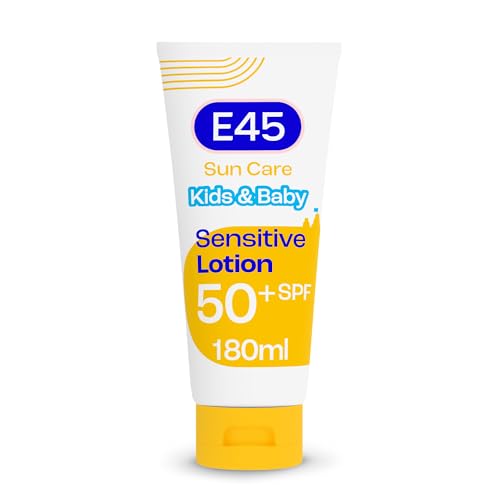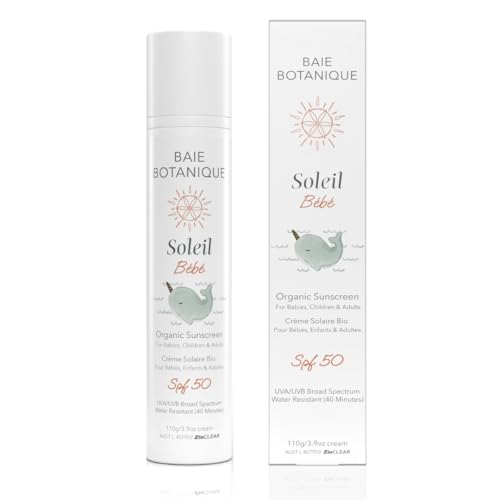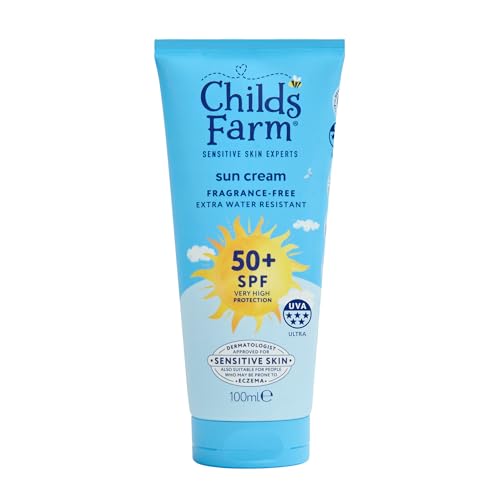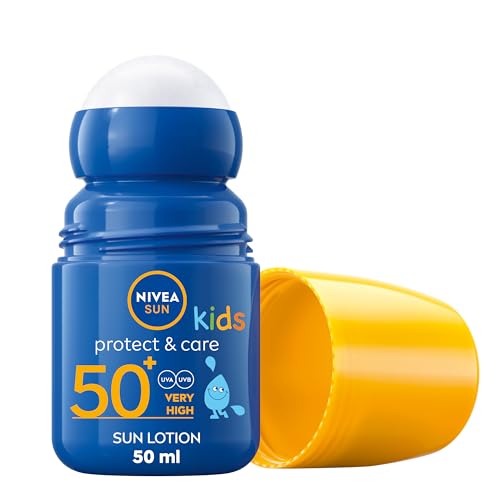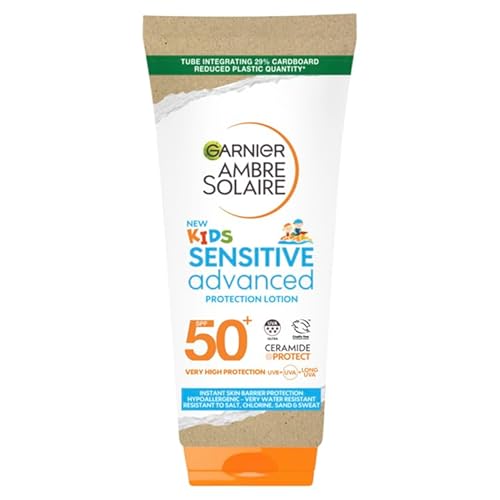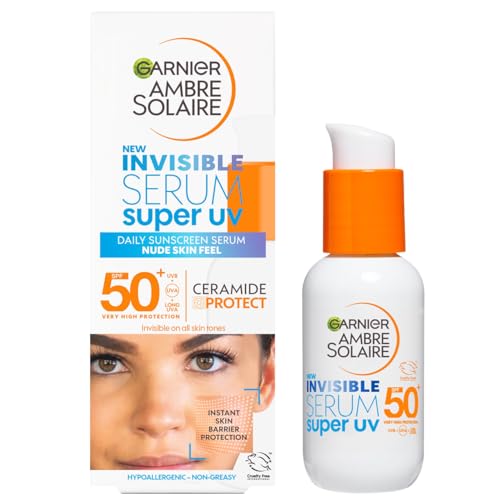Understanding Baby Sunscreen: Why It Matters for Your Child’s Skin
The Importance of Sun Protection
Sunscreen is crucial for protecting our little ones from harmful UV rays that can cause skin damage and increase the risk of skin cancer later in life. Babies have delicate skin that is thinner and more sensitive than adults’, making them more vulnerable to the sun’s rays. Applying the right sunscreen not only shields them from immediate sunburn but also helps in preventing long-term skin issues as they grow.
When to Start Using Sunscreen
We recommend introducing sunscreen into your baby’s skincare routine when they are around six months old, as it is at this age that their skin barrier is more developed. Before this, it’s best to keep them out of direct sunlight as much as possible. For babies younger than six months, consider clothing that covers their skin and find shaded areas to keep them protected.
Key Ingredients to Look For in Baby Sunscreen
Physical vs. Chemical Sunscreens
We should focus on sunscreens with physical (mineral) ingredients like zinc oxide and titanium dioxide instead of chemical sunscreens. Physical sunscreens act as a physical barrier that sits on top of the skin, reflecting UV rays away. They tend to cause fewer reactions on sensitive skin, making them a safer choice for babies.
Moisturising Ingredients
Look for products that also contain moisturising components. Ingredients such as aloe vera and shea butter can help soothe and hydrate your baby’s skin, preventing dryness that can occur from sun exposure. It’s essential that the sunscreen not just protects but also nourishes their delicate skin.
Choosing the Right SPF: What Parents Should Know
Understanding SPF Levels
When selecting a sunscreen, opt for an SPF of at least 30. This level blocks approximately 97% of UVB rays, providing adequate protection for your child during outdoor play. The higher the SPF, the more protection it offers, but no sunscreen can provide 100% protection, so choose wisely and remember to reapply frequently.
Consider Broad Spectrum Protection
Additionally, look for sunscreens that are labelled as ‘broad spectrum,’ which means they protect against both UVA and UVB rays. UVA rays contribute to skin aging and potential cancer risks, while UVB rays are primarily responsible for sunburn. A broad-spectrum sunscreen offers a more comprehensive shield for your little one.
Application Tips: How to Ensure Effective Coverage for Your Baby
Quantity Matters
For effective coverage, we recommend applying about a teaspoon of sunscreen for the face and about a shot glass worth for the body. Make sure to cover all exposed areas, including sensitive spots like the ears, nose, and top of the feet.
Timing Your Application
Apply sunscreen 15-30 minutes before your baby goes outside to allow the ingredients to sink into the skin properly. This advance application ensures that they receive maximum protection once they step into the sun. Additionally, remember to reapply the sunscreen every two hours, or more frequently if they are sweating or after swimming.
Best Practices for Sunscreen Storage and Usage
Storing Sunscreens Safely
Store your baby’s sunscreen in a cool, dry place and avoid leaving it in hot environments, like a car. Extreme heat can break down the active ingredients, making the sunscreen less effective. Regularly check the expiration date on the product, as old sunscreen may not provide the protection needed for your child.
Educating Children About Sunscreen
As your baby grows into a toddler, start educating them about the importance of sunscreen. Make it a part of their daily routine and let them help apply it. This not only makes the process fun but also instills in them the importance of sun protection from an early age.





